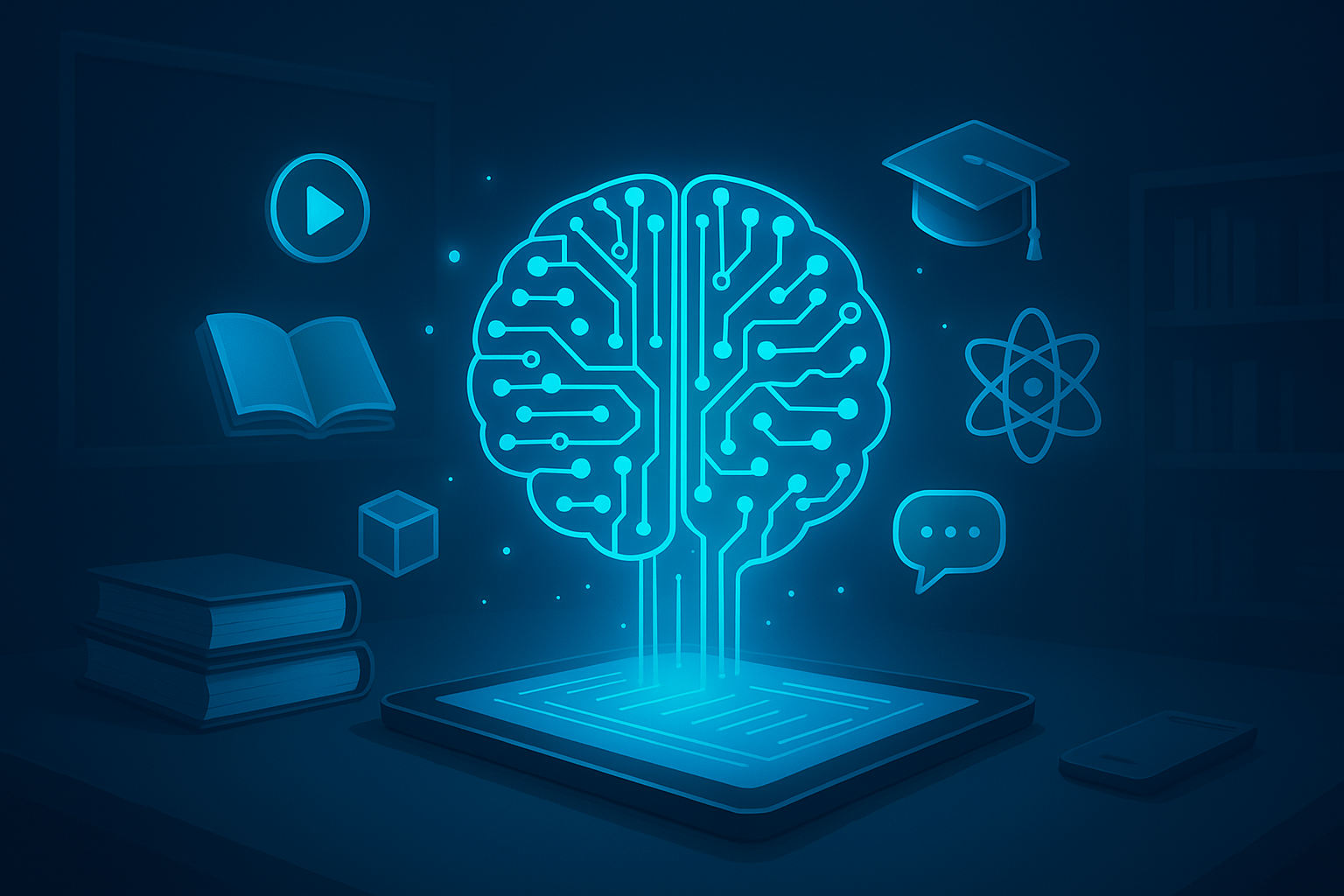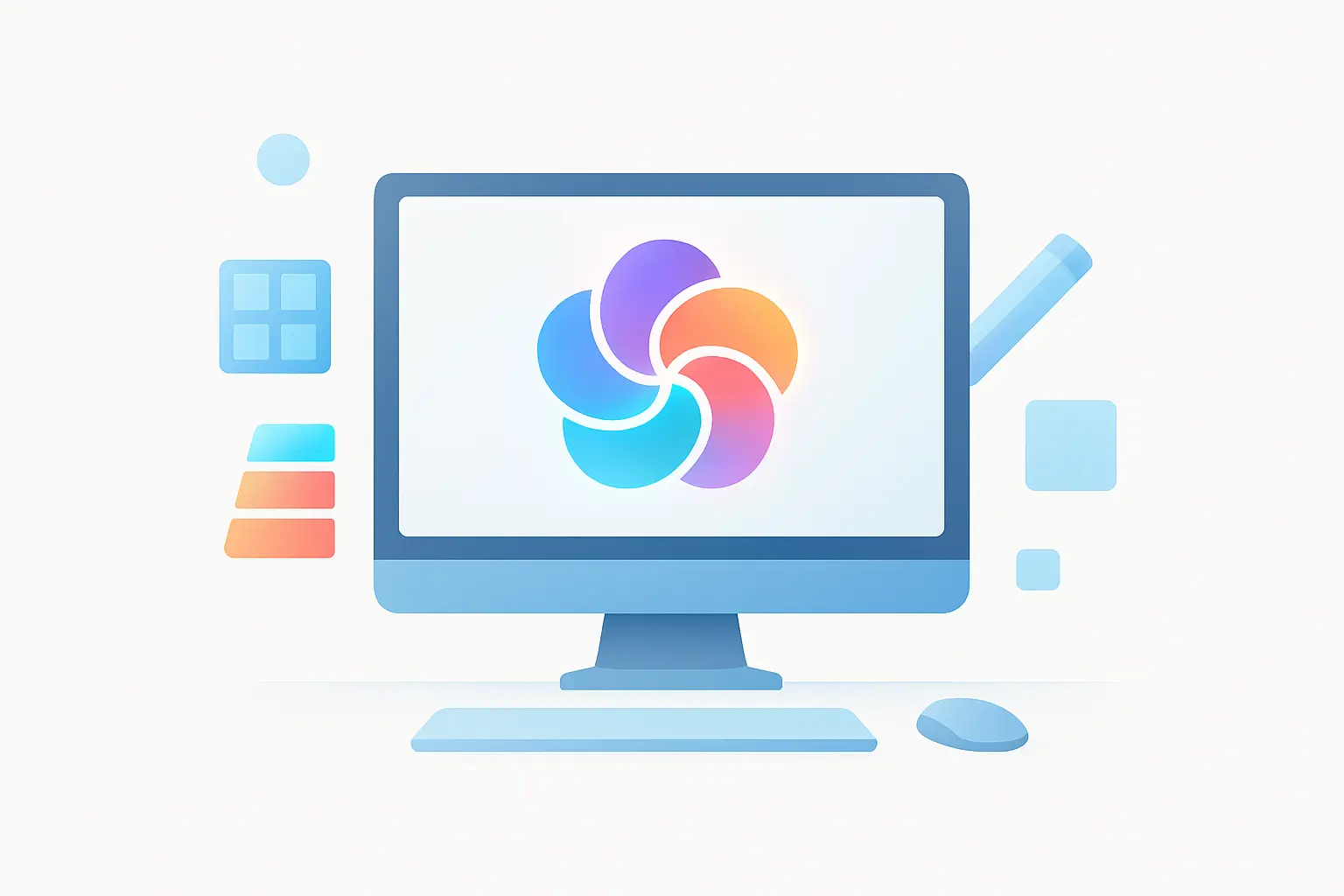Education is undergoing a structural shift driven by technology. From artificial intelligence and cloud platforms to augmented reality and data analytics, digital tools are moving learning beyond the classroom and tailoring it to each student. Here is how technology is redefining what, how, and where we learn.
AI-Powered Personalization
Adaptive platforms use algorithms to diagnose gaps and adjust difficulty in real time. Virtual tutors offer step-by-step explanations, practice generation, and instant feedback. Educators gain dashboards that show mastery by concept, enabling targeted interventions and efficient differentiation.
From Content Consumption to Creation
Creation suites, no-code tools, and collaborative documents turn students into producers. Learners build simulations, podcasts, and data visualizations, strengthening higher-order skills like synthesis and communication while developing a portfolio of authentic work.
Immersive and Hands-On Learning
Augmented and virtual reality bring labs, field trips, and complex systems into safe, repeatable environments. Students can dissect virtual organisms, tour historical sites, or practice language skills with realistic scenarios that improve retention and motivation.
Assessment That Guides Growth
Frequent low-stakes checks, automated grading for objective items, and rubric-based evaluation tools for writing and projects reduce turnaround time. Learning analytics highlight patterns, while plagiarism detection and proctoring tools protect integrity when used transparently and ethically.
Anytime, Anywhere, Hybrid
Learning management systems centralize materials, deadlines, and discussions. Recorded mini-lectures and interactive modules make class time available for problem solving and collaboration. Mobile access and offline modes expand reach for learners with limited connectivity.
Collaborative Classrooms
Real-time whiteboards, forums, and breakout rooms support peer teaching and feedback. Version history and role-based permissions make group work accountable. Global exchanges connect classrooms across countries to broaden perspectives and cultural literacy.
Accessibility and Inclusion
Built-in captions, screen reader support, transcript generation, adjustable fonts, and language translation reduce barriers. Personalized pacing and multiple modes of expression allow students to demonstrate understanding in ways that fit their strengths.
Data-Informed Teaching
Aggregated insights reveal where cohorts struggle and which activities drive gains. Educators use evidence to refine curriculum, allocate support time, and communicate progress to families with clarity and context.
Career and Skills Alignment
Micro-credentials, project badges, and e-portfolios signal skills to employers. Simulation-based practice and internships matched by platforms bridge classroom learning with workplace expectations, helping students build marketable competencies.
Teacher Workflows Reimagined
Lesson planning assistants, content libraries, and question generators reduce busywork. Communication tools streamline updates to students and families. Professional learning communities share resources and reflect on practice with data, not guesswork.
Ethics, Privacy, and Digital Citizenship
Responsible adoption requires transparent data policies, opt-in consent where appropriate, and minimal data collection. Schools must teach online safety, media literacy, and responsible AI use to prepare students for a connected world.
Infrastructure and Equity
Reliable devices, broadband, and secure networks are foundational. Schools and communities can close gaps with device lending, community Wi-Fi, and open educational resources so innovation does not widen inequity.
How Schools Can Prepare Now
- Define learning outcomes first, then pick tools that clearly support them.
- Adopt universal design for learning to reach diverse learners.
- Pilot with small groups, measure impact, and scale what works.
- Invest in teacher training and ongoing coaching, not just software.
- Establish clear data privacy, security, and AI use guidelines.
- Engage families and students in selecting and evaluating tools.
The Bottom Line
Technology is not replacing teachers but amplifying their impact. When aligned to strong pedagogy and equitable access, tech makes learning more personal, engaging, and relevant to the world students are entering.




